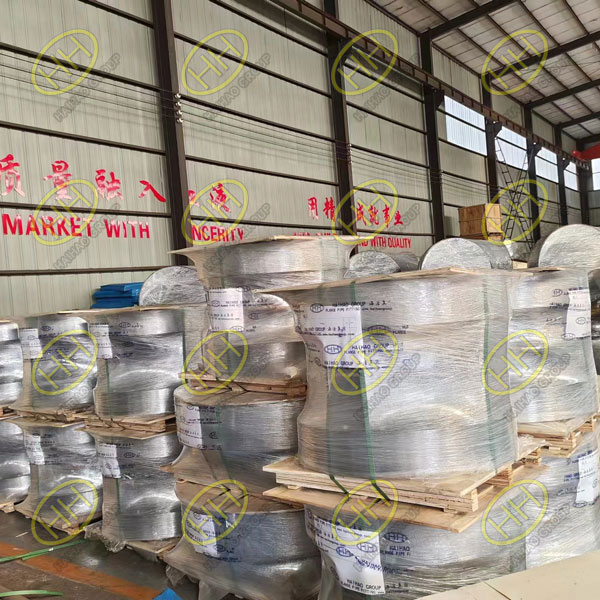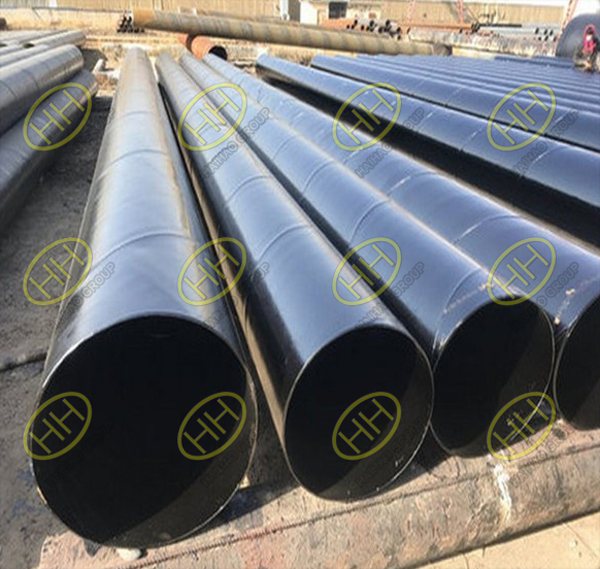Enhancing petrochemical equipment maintenance: The “one removal and four injections” technique
Effective maintenance of petrochemical equipment is crucial to ensure its longevity and efficiency. One of the key maintenance strategies employed in the industry is the “One Removal and Four Injections” technique, which plays a significant role in mitigating corrosion and enhancing the performance of the equipment.
One Removal: Crude Oil Desalting
The “One Removal” refers to the desalting of crude oil. Crude oil often contains small amounts of salt, which can hydrolyze to produce hydrogen chloride gas (HCl). This gas, combined with hydrogen sulfide (H2S) and water, forms a corrosive medium that can severely damage the atmospheric distillation column trays and the condensation system. By desalting crude oil, the formation of hydrogen chloride is significantly reduced, thereby decreasing the potential for corrosion.
Four Injections: A Multifaceted Approach to Corrosion Prevention
The “Four Injections” involve introducing four different substances into the petrochemical equipment during production to further prevent corrosion: alkali, ammonia, alkaline water, and corrosion inhibitors.
Injection of Alkali
The primary goal of injecting alkali into crude oil is to convert any remaining magnesium chloride (MgCl2) and calcium chloride (CaCl2) into sodium chloride (NaCl). Sodium chloride is less prone to hydrolysis and does not produce hydrogen chloride gas. This process further reduces the generation of hydrogen chloride, effectively controlling salt corrosion. Additionally, the alkali helps neutralize some of the petroleum acids and hydrogen sulfide, reducing their corrosive effects.
Injection of Ammonia
Even after desalting and injecting alkali, around 5-10% of hydrogen chloride can remain in the atmospheric distillation column’s condensation system, causing severe corrosion. Injecting ammonia at the top of the column helps neutralize the gaseous hydrogen chloride before it condenses into liquid water, forming ammonium chloride (NH4Cl) instead of corrosive hydrochloric acid solutions.
Injection of Alkaline Water
The ammonium chloride produced during ammonia injection can clog equipment and columns. Injecting water helps dissolve the ammonium chloride, preventing its deposition and potential clogging.
Injection of Corrosion Inhibitors
Corrosion inhibitors, typically organic amine compounds, form protective films on metal surfaces. These compounds possess surface activity and can physically or chemically adsorb onto the metal, creating a water-resistant layer that shields the metal from corrosive aqueous phases.
Widespread Application and Importance
The “One Removal and Four Injections” technique is extensively utilized in China and has become a standard anti-corrosion practice in the petrochemical equipment sector. By employing this method, various chemical substances, such as sulfides present in the raw materials, can be effectively managed to prevent corrosion during the production process.
Given the high risk of corrosion due to the presence of salts and chlorides in petrochemical equipment, implementing the “One Removal and Four Injections” strategy is essential. This comprehensive approach significantly reduces the corrosive risks associated with the condensation of these substances, ensuring the longevity and efficiency of petrochemical equipment.
Haihao Group recognizes the critical importance of these maintenance techniques. We are dedicated to applying the latest and most effective methods to protect our equipment, ensuring reliable and high-performance operations in the petrochemical industry. Our commitment to staying informed about raw material market trends and adopting advanced maintenance strategies underscores our dedication to excellence in every aspect of our operations.


